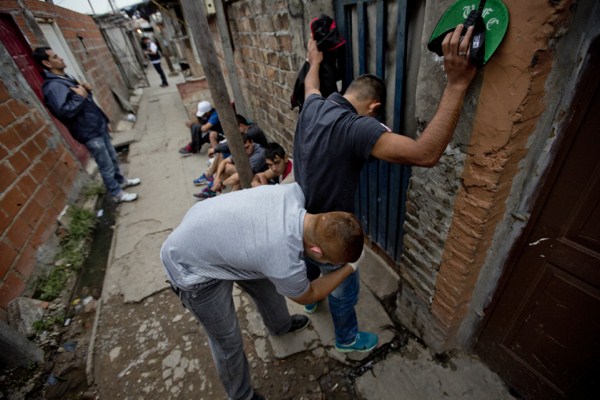Compared to some of its neighbors, Argentina has been relatively unscathed by the effects of drug trafficking. But a recent increase in drug-related problems, including a spike in the trafficking of cocaine from Bolivia and Peru to the United States and Europe, has exposed some of Argentina’s key structural weaknesses, underscoring the need for comprehensive reform.
While the cocaine and other drugs being transited through Argentina are mainly produced elsewhere, processing laboratories were also recently found in the country itself. The trade in methamphetamines is growing as well. Between 2004 and 2008, 48 tons of ephedrine—a precursor chemical used in meth production—were imported; only 8 tons are needed to meet the pharmaceutical industry’s legitimate needs. Marijuana, too, is a problem, with Argentine authorities seizing a record 8.5 tons earlier this month.
The impact is showing up in crime statistics. Argentina has historically been one of the most peaceful countries in South America, with a homicide rate under 6 per 100,000 inhabitants between 2004 and 2010, roughly a fourth of the regional average. Nonetheless, violence has increased in some key cities. In Rosario, the annual number of homicides has more than doubled, from 119 in 2010 to a record-high 264 in 2013, or 27 per 100,000 inhabitants. In Mendoza, murders increased by 60 percent between early 2013 and early 2014.

